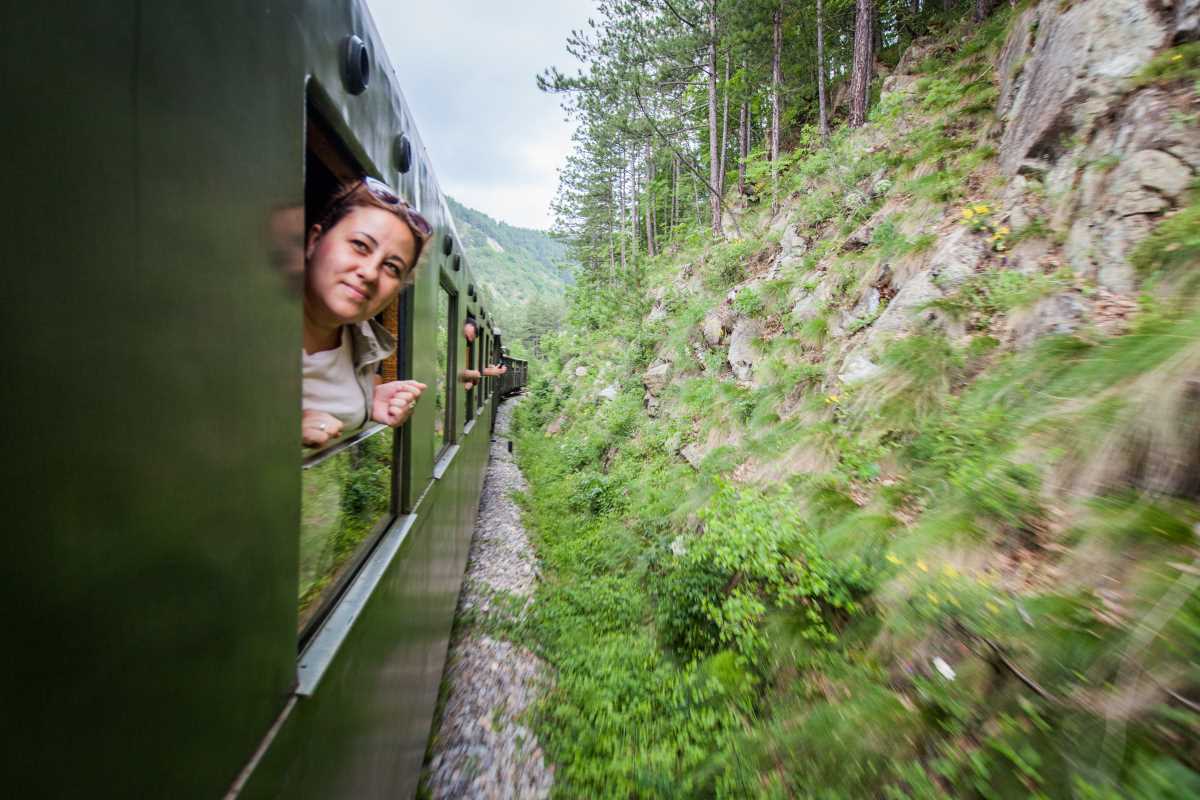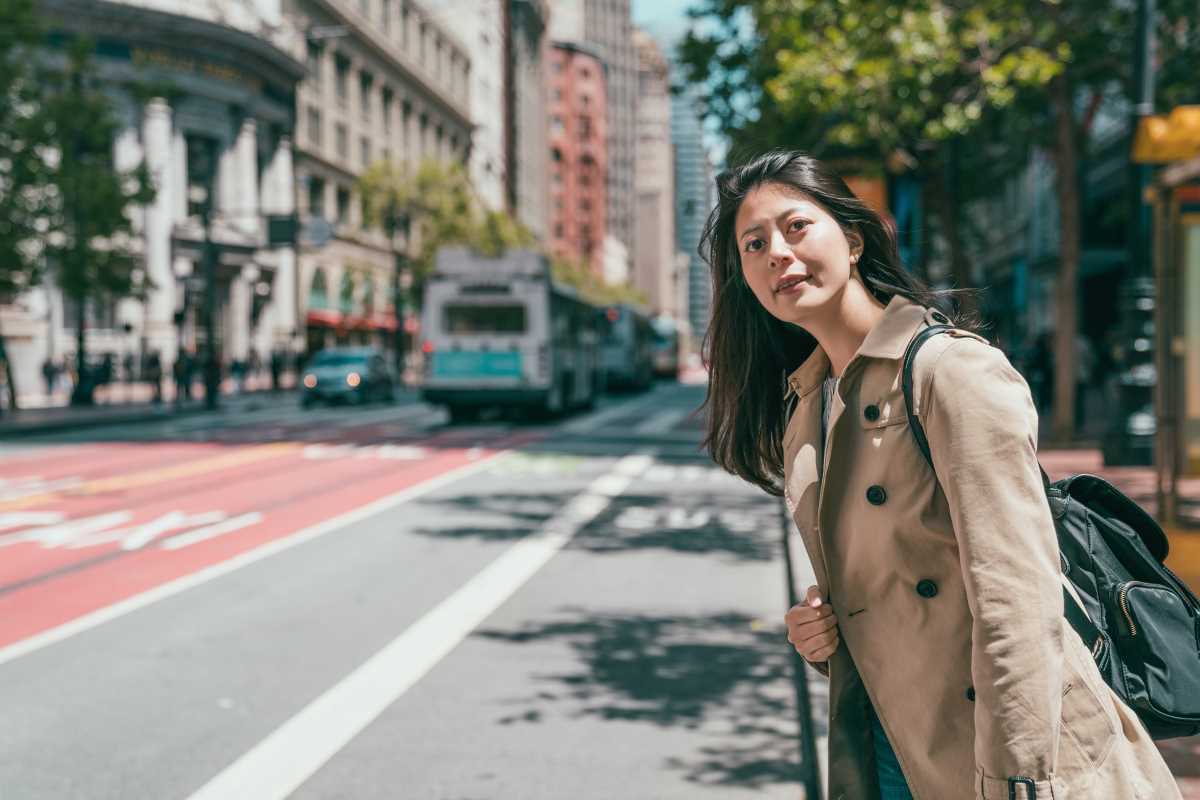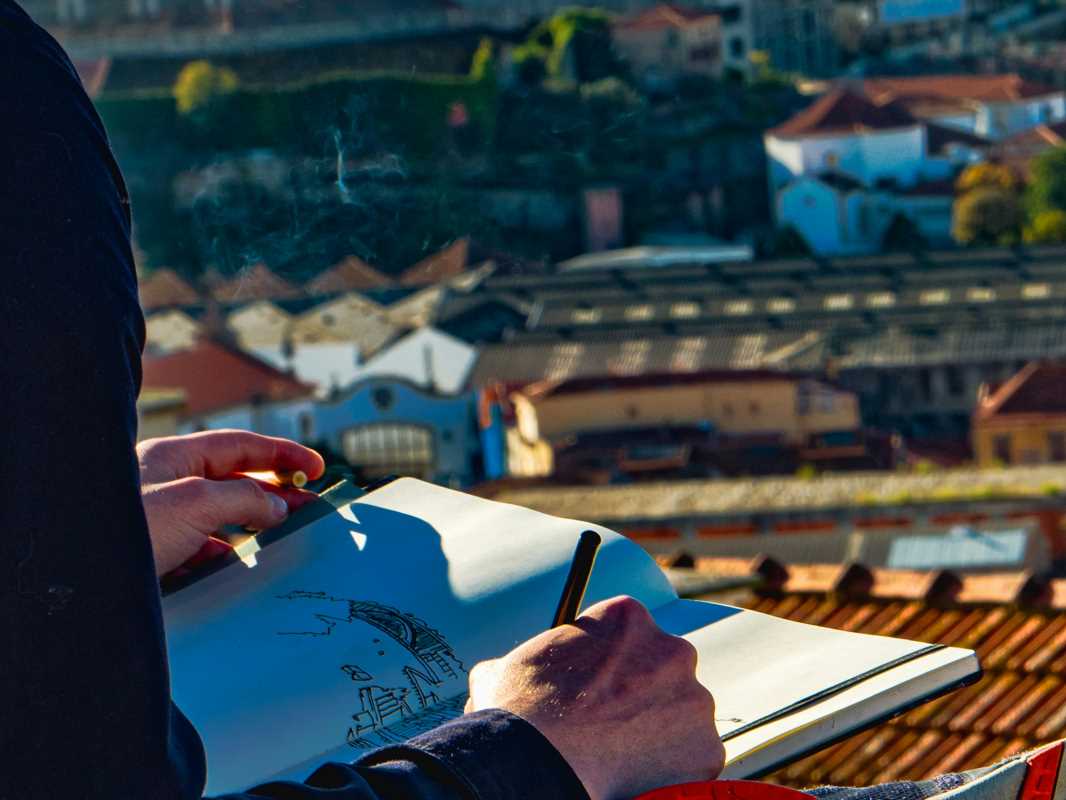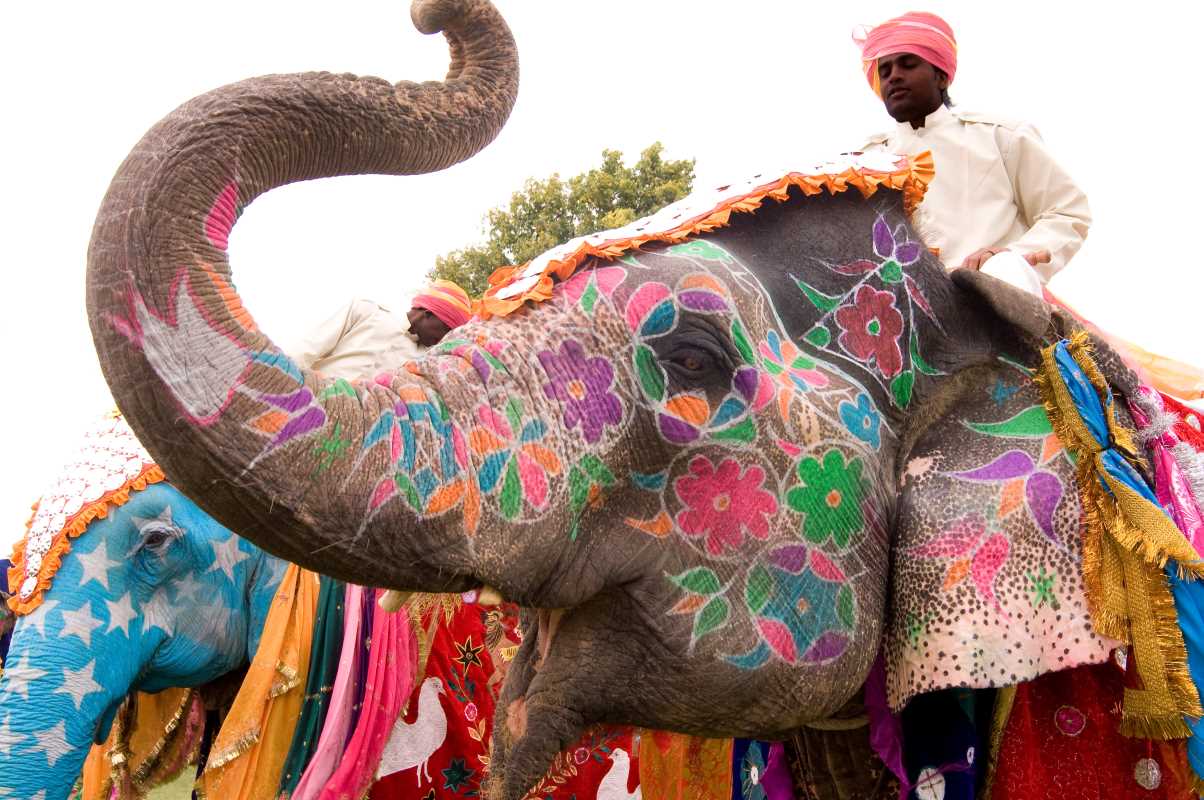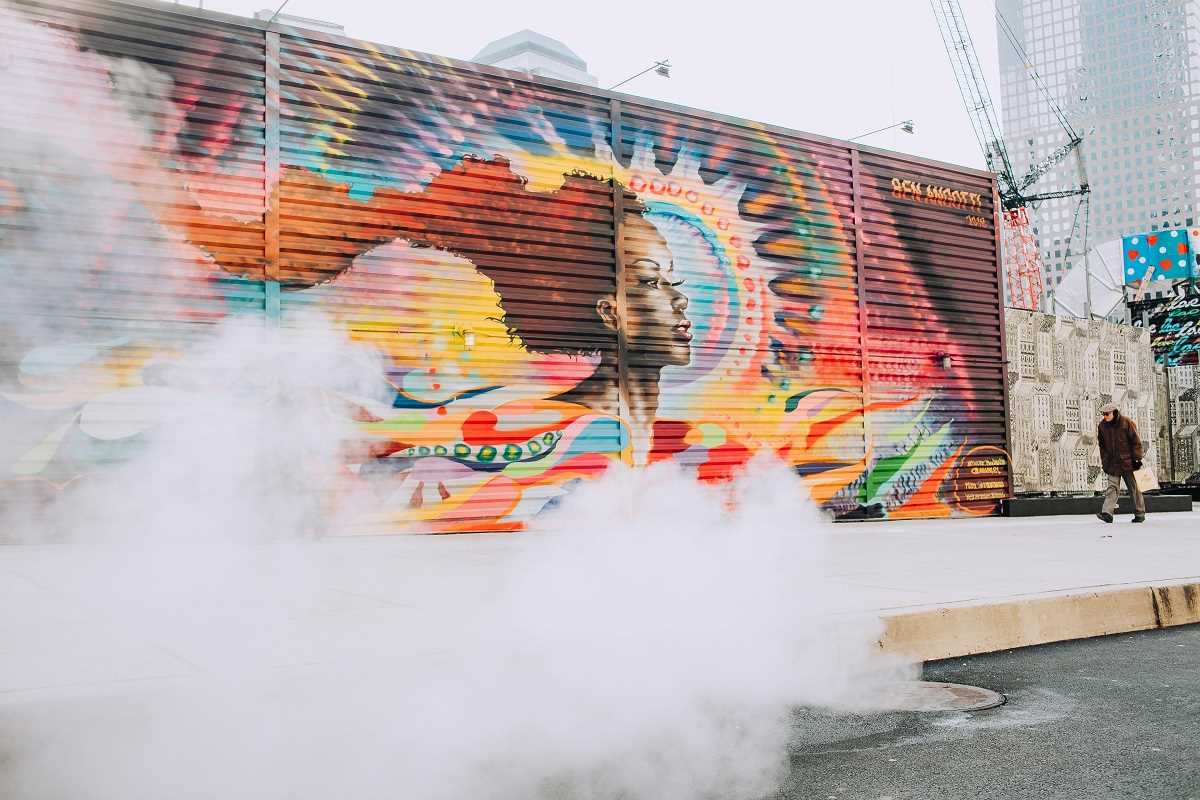Traveling by train as ever-changing scenery rolls past your window refreshes your creative outlook in surprising ways. The steady hum of the tracks, the gentle sway of the carriage, and the unfolding views all work together to encourage new ideas and different perspectives. Many artists, writers, and musicians find that this unique environment awakens their senses, fueling inspiration through sights, sounds, and subtle movement. Whether you prefer to put pen to paper, sketch in a notebook, or compose melodies, the experience of moving through varied landscapes can prompt bursts of creativity. As you read on, you’ll learn how those miles on the rails help unlock original thoughts, along with practical advice to make your next train journey a source of inspiration.
Awakening Inspiration on the Rails
- Visual Storyboarding: Observe rolling hills, winding rivers, and urban fringes in sequence to give your mind a natural storyboard. Each scene transition encourages you to note contrasts in color palettes, textures, and architectural forms. Jot down these transitions to fuel narrative ideas, and frame the view through your sketchbook window to cement visual memories that inform later projects.
- Ambient Soundscapes: The blend of train engine hum, distant wildlife calls, and occasional station announcements produces a layered sound environment. Listen attentively and capture audio snippets with your smartphone recorder. These ambient tracks can serve as a sonic foundation for music composition or as triggers for mood boards in writing sessions, infusing your work with authentic field recordings.
- Unhurried Reflection: The gentle motion of a train car naturally slows internal chatter. Use this lull to meditate on a creative challenge you’ve been wrestling with. Engage in focused breathing or semi-structured journaling while gazing at passing vistas. Let solutions emerge organically, guided by the rhythm of the rails rather than forced brainstorming in a static studio.
- Collaborative Spark: Train journeys often bring together fellow travelers from diverse backgrounds. Strike up conversations about why people choose this mode of travel. Their personal anecdotes may reveal unusual perspectives on place, memory, or design. Maintain a small pocket notebook to transcribe surprising metaphors or cultural references that might enhance your next creative project.
- Time-Shifted Perspective: Crossing time zones or wide climatic zones within hours can reorient your perception of daily routines. Witnessing sunrise in one landscape and sunset in another within the same trip encourages you to rethink temporal structures in storytelling or composition. Capture timestamps alongside quick notes to animate your work with a sense of fluid chronology.
Scenic Journey Highlights
- Coastal Vista Corridor (Northern Coastline) – Watch dramatic cliffs meet the sea through oversized panoramic windows, with onboard commentary available through free headsets, ensuring you catch every geological insight before the final viewpoint.
- Highland Plateau Passage (Mountain Region) – Experience tunnels burrowing through misty peaks, offering brief but spectacular light-drenched openings; seats cost around $75 for a one-way trip, and reserving window seats weeks in advance pays off for unobstructed sightlines.
- Forest Canopy Express (Temperate Woods) – Travel slowly beneath towering trees blanketed in moss, creating a natural cathedral effect; ticket prices start at $45 per adult, and bringing a small portable reflector helps highlight shadowed hollows when sketching bark textures.
- River Delta Drift (Lowland Marshes) – Glide above braided streams where waterfowl gather, and pack a lightweight spotting scope for birdwatching; basic fares hover near $30, and scheduling trips during migration seasons yields an extra burst of wildlife drama.
- Desert Mirage Line (Arid Plains) – Witness dunes morphing under the sun’s glare as the train rolls along straight steel ribbons; fares average $60, and carrying tinted lenses can reduce harsh glare while preserving subtle gradients for photographers.
Essential Gear and Preparation
- Modular Sketching Kit: A canvas roll containing three fine-tip markers, two pastel pencils, and a graphite block helps you capture textures in transit. Unroll the kit at your seat table, sketch in three stages—outline, shading, and highlight—then roll back to prevent spills. The entire pack costs under $25, and stashing it in a slim pocket keeps it instantly accessible.
- Portable Audio Recorder: A compact digital recorder with built-in stereo mics allows you to collect soundscapes without background hiss. Start recording as soon as the train departs, pause during loud announcements, and tag each take with a timestamp via the recorder’s onboard interface. Devices retail around $80, and keeping fresh AAA batteries on hand ensures uninterrupted sessions.
- Foldable Light Panel: A rechargeable LED panel measuring 6 by 4 inches offers soft illumination for sketches during dusk or dim tunnels. Clip it onto your seat-back pocket, pop it open to three brightness settings, then angle it toward your drawing surface. It retails for about $35, and charging it fully before departure prevents mid-journey power drops.
- Collapsible Tripod Stand: A mini tripod supports your smartphone or lightweight camera for time-lapse or stable landscape shots. Extend its legs on the floor near your feet, mount your device, then engage the built-in bubble level for precise framing. Models start at $20, and slipping it into your carry-on ensures you always have a steady base.
- Travel Journal with Index Tabs: Choose a hardcover, thread-bound journal and insert colored index tabs at the top edge to mark sketches, sound notes, and photo references separately. Write headings for each section—like “Melodies” or “Patterns”—then flip quickly to the correct pages. Entry-level journals cost around $15, and prelabeling tabs before departure speeds up note-taking on the move.
Creative Practices While Traveling
After you prepare your essential gear, try various practices to deepen your creative engagement. Set a timer for five minutes and illustrate the nearest object with only two colors. This exercise sharpens observation and encourages bold design decisions.
Record ambient sounds for exactly one minute, then compose a poetic reflection layering descriptive phrases on top of that recording. Reviewing the audio later can jog sensory associations that improve the vividness of your prose or poetry.
For group travel, suggest a collaborative collage: everyone chooses one image from a glossy magazine, cuts it out, and contributes it to a communal board. The resulting mosaic can inspire new approaches to composition by merging disparate visual elements into a single story.
Finally, keep a daily creative log. Dedicate three sentences to whatever inspired you that day on the rails, then attach a doodle, haiku, or chord progression. Review this log after the journey to gather a collection of ideas ready for refinement in your studio.
Planning Your Next Expedition
Plan your next expedition by selecting train routes that match your creative goals—mountains for drama, cities for texture, or a mix for variety. Stay near stations for easy transitions and use daylight hours wisely to capture the best light. With thoughtful planning, each train ride becomes a moving studio for inspiration and creative growth.
